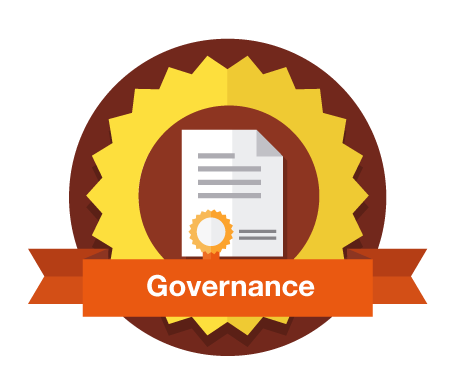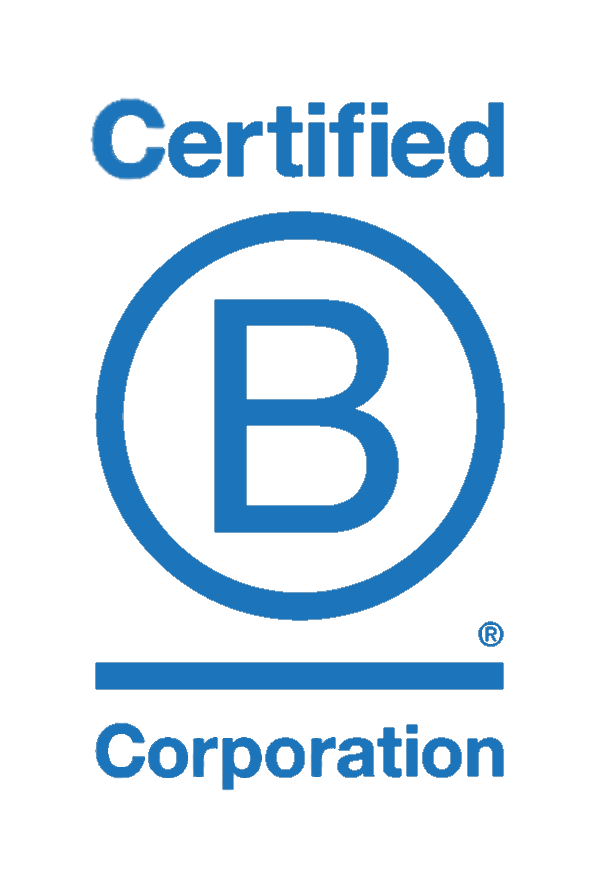After Copy Writing, Think Copyrighting: Part 1 – How to File for a Copyright for Your Website
|
Getting your Trinity Audio player ready...
|
 Since one of the first steps in opening a business is launching a website, that may be the first thing you should protect. This is especially true if your website is particularly unique or creative. While you obtain rights merely by publishing it and marking the page copyrighted (e.g., © 2015 Agents and Corporations, Inc. All rights reserved.), that is not the end of the story.
Since one of the first steps in opening a business is launching a website, that may be the first thing you should protect. This is especially true if your website is particularly unique or creative. While you obtain rights merely by publishing it and marking the page copyrighted (e.g., © 2015 Agents and Corporations, Inc. All rights reserved.), that is not the end of the story.
Filing a copyright with the Library of Congress (US Copyright Office) shifts the burden of proof of first published from you, the claimant, to the person or entity that illegally reproduced the work, the respondent.
To obtain the filing, you should hire a lawyer or visit the US Copyright Office’s website, www.copyright.gov, and fill out the forms to file a copyright claim. These claims can be filed online through the electronic Copyright Office (eCO).
It is important to protect the intellectual property of your business because a competitor may try to steal parts of it or create derivative works of it, and profit from reproducing it or adapting it for use on their website. That is why it is important to file copyright claims with the US Copyright office in the name of your business before you have a problem. This will make it easier and more profitable to prosecute a lawsuit for copyright infringement. Filing will also allow you to write more persuasive cease and desist letters.
According to the US Copyright Office, “Copyright protects original authorship fixed in tangible form.” This means that once filed, a copyright gives the claimant the exclusive right to publish, distribute and reproduce specific text, artwork, music, audio/visual material, etc. A person or company can only hold copyright to something if it is in a recorded format but not if it is only spoken or thought. Copyright does not protect what would normally be protected by a patent, such as “ideas, procedures, systems, or methods of operation.” Copyrights also do not protect images or words that show place of origin of a product or service. Instead, trademarks protect brands and names of businesses. You should also consider protecting your business and product names with a trademark.
A large range of “online works” can be registered for copyright. This can be blog articles, videos, photographs, images and the substantive content of a homepage and sub-pages. Depending on what types of works are being filed for copyright, they may be required to be filed as a group or individually.
Because websites can be changed frequently and may have pages published on different dates, the US Copyright Office may require separate filings to hold copyright to all revisions of a specific website. If the work is a daily newsletter or a weekly serial, you may be permitted to file the copyright as a group registration, covering multiple publications from different dates. We suggest that every website with commercial value worth protecting with creative content file with the Copyright Office.
Basic registrations for copyright claims are fairly affordable. A single application for a copyrightable work is $35 for single-author works and $55 for multiple-author works (like many websites). A Group Registration for a serial blog is $25 per issue/edition.
You should also add to your terms of use a clause of who to notify if someone thinks you are violating their copyrights. Good luck with protecting your business!




